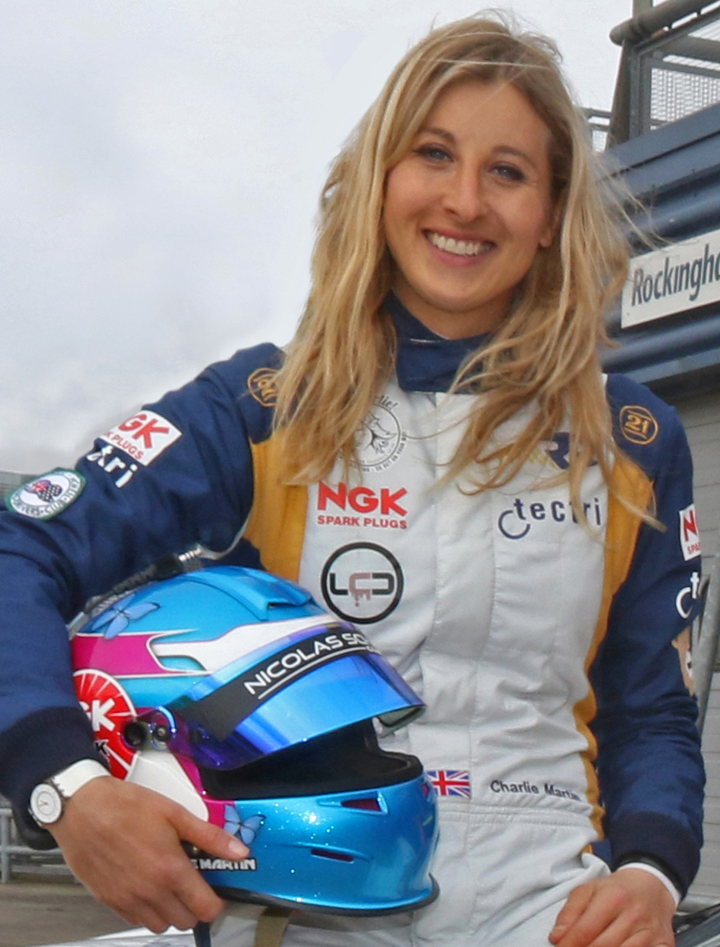
All the women I know who race or work in motorsport do it for the same reasons as the guys - we’re petrolheads, we love being around race cars. It’s a passion which unites us all.
But motorsport can be challenging for women as it’s one of the most male dominated sports there is. It only introduced initiatives to encourage more women into the sport in the last few years so there’s hardly any diversity, let alone LGBT representation.
Making the decision to transition is tough for most trans people but for me, being in motorsport, I just couldn’t see a way forwards in my sport. I resigned myself to giving up entirely.
It didn’t help that there’d never been any LGBT role models in my sport to give me the courage to be myself. I just couldn’t see myself competing as a trans woman as I didn’t believe I’d be accepted. As a teenager struggling with dysphoria, it would have made a huge difference to see someone like me in professional motorsport who I could look up to and identify with. I’ve met so many LGBT people, especially trans people, who’ve given up sport for the very same reasons I did.
Giving up was hard. Motorsport is a fundamental part of my identity and motivates me to push myself to try to achieve greater things in my life. Without it, I honestly don’t know what I would have done.
I took a leap of faith and came out on Trans Day of Invisibility in 2018. When I returned to the sport, walking back into the paddock for the first time was one of the scariest things I’ve ever done. I was shaking and had to physically force myself to step out into the paddock. I just needed to know if there would be any support. Luckily a handful of friends came over to hug and welcome me. Even now, I don’t know if they realise that their support convinced me I had a future on track. It really was that important.
Six years on, and the support they showed me has been matched by so many others in in my sport. I now feel empowered to do everything I can to promote diversity and inclusion in the sport I love so much. It’s one of the reasons I recently announced my plan to become the first transgender racer to compete at the 24 hours of Le Mans.
Having an opportunity to be visible means so much to me. If I can inspire others through sharing my experiences then that’s really powerful. I now see the absence of diversity and inclusion within motorsport as a huge opportunity to improve the participation and visibility of LGBT people in the sport.
The Rainbow Laces Campaign is an inspired idea, as it lets the LGBT community celebrate its visibility and participation in sports and, perhaps more crucially, gives allies the opportunity to show their support.
I first wore my Rainbow Laces during Pride month at Silverstone, the home of British motorsport. I asked all the teams and drivers competing in the British GT Championship to put Pride stickers on their cars to show support as allies. Needless to say, I was nervous as nothing like that had ever been done before in motor racing. But the response was incredible. There were stickers on virtually every car competing that weekend, even on the pace and safety cars.
It shows that the support we need to create more inclusive environments is often just under the surface. Our allies are already there. All they need is a focus. For me, that’s what Rainbow Laces is all about, so I always wear mine with pride.